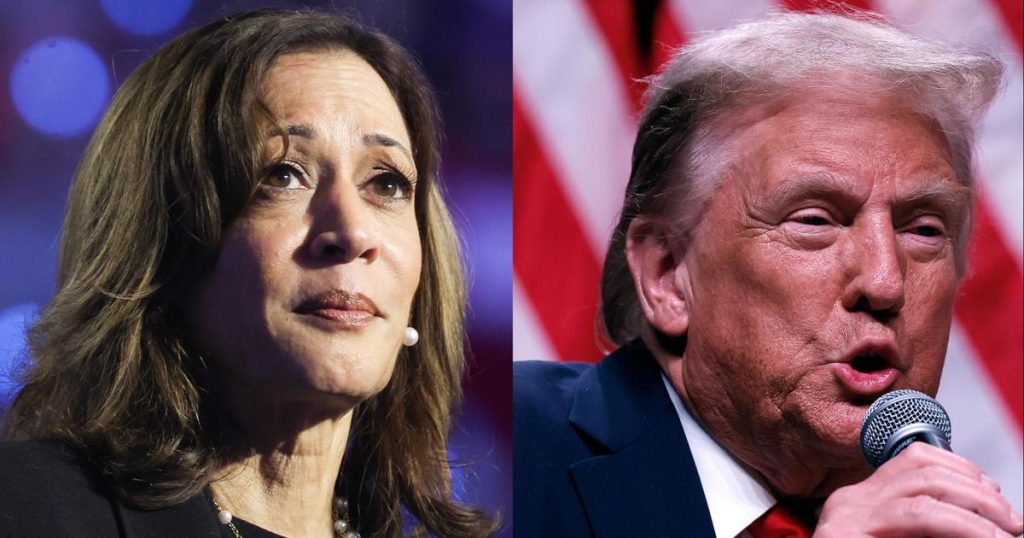Vice President Kamala Harris and former President Donald Trump have proposed significant tax changes that would impact different groups of Americans in various ways. Trump has suggested tax cuts that would benefit high-income households, including reducing the corporate tax rate. His tax cuts would require Congressional approval, which could be challenging if Democrats have control. Harris, on the other hand, has proposed a mix of tax cuts, increases, and expanded credits that would rank as the 15th largest tax increase in U.S. history. Her tax plan targets higher-income households and businesses, with a proposed increase in the corporate tax rate to 28%.
Harris has proposed expanding the Child Tax Credit (CTC) to provide more support for families with children of different ages. Low- and middle-income households would receive a tax break under her plan, while high-income households would pay more in income taxes. Trump’s plan for the CTC remains at $2,000 per eligible child unless he extends the provisions of the 2017 Tax Cuts & Jobs Act (TCJA). Both candidates have differing approaches to taxes on Social Security, with Trump considering eliminating federal income taxes on retirement payments, while Harris has not proposed any specific tax cuts for Social Security beneficiaries.
When it comes to business taxes, Harris wants to raise the corporate tax rate to 28%, while Trump aims to lower it to 15%. This is a significant difference between their tax plans. Both candidates propose tax cuts for workers who receive tips, with Trump also suggesting eliminating federal income taxes on overtime income. Harris has additional proposals to help people buy homes and start businesses, including the creation of a $25,000 first-time homebuyers credit and an expansion of the deduction for startup business expenses. Trump has suggested making the interest on auto loans tax deductible, primarily benefiting higher-income taxpayers.
Trump’s tax cuts, combined with tariffs on imports, could potentially lead to a significant increase in taxes for Americans. The tariffs, which act as a sales tax, would impact consumers by raising prices on imported products. On the other hand, Harris’ tax plan focuses on providing tax relief for low- and middle-income households, while increasing taxes on high-income households and businesses. Both candidates have specific plans for credits, deductions, and tax rates that would have varying impacts on different groups of American taxpayers. Ultimately, their proposed tax changes will play a significant role in the upcoming 2024 presidential election.


